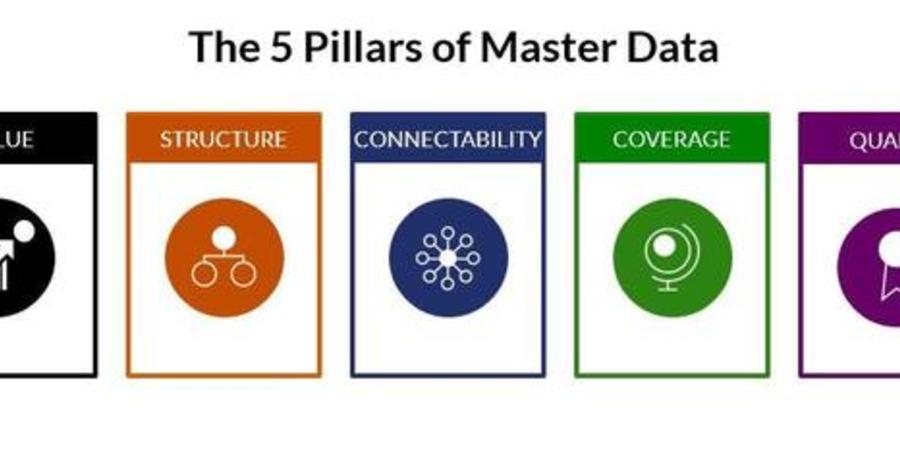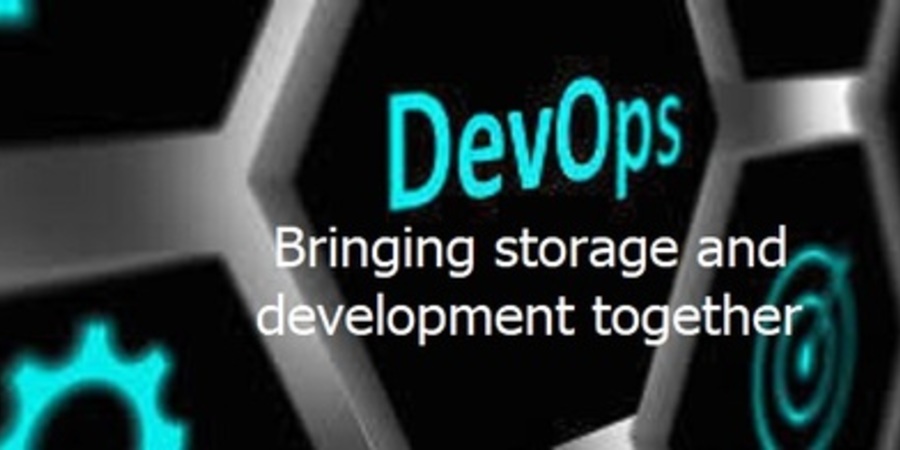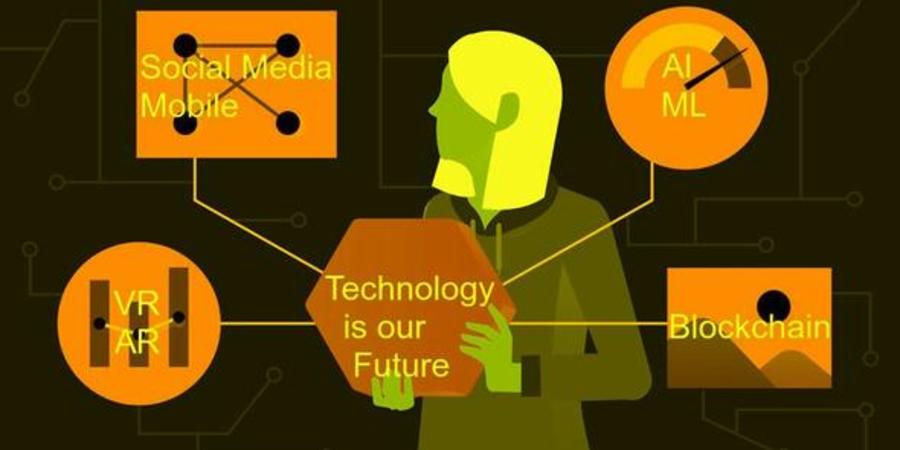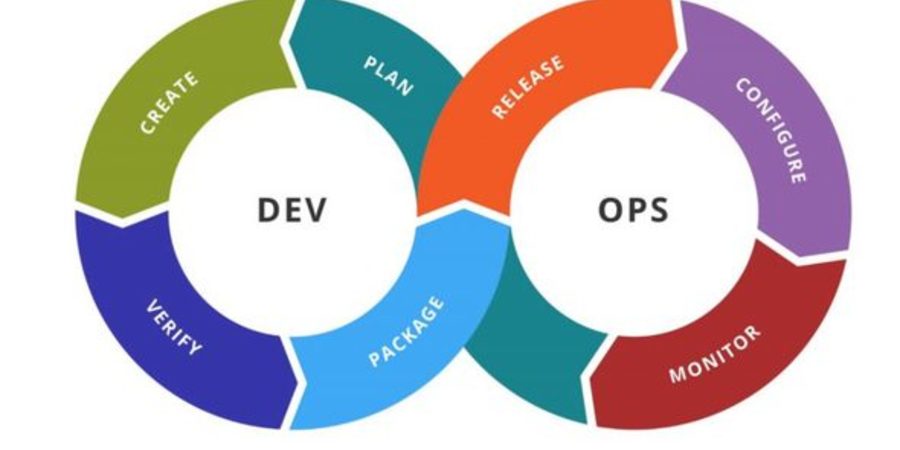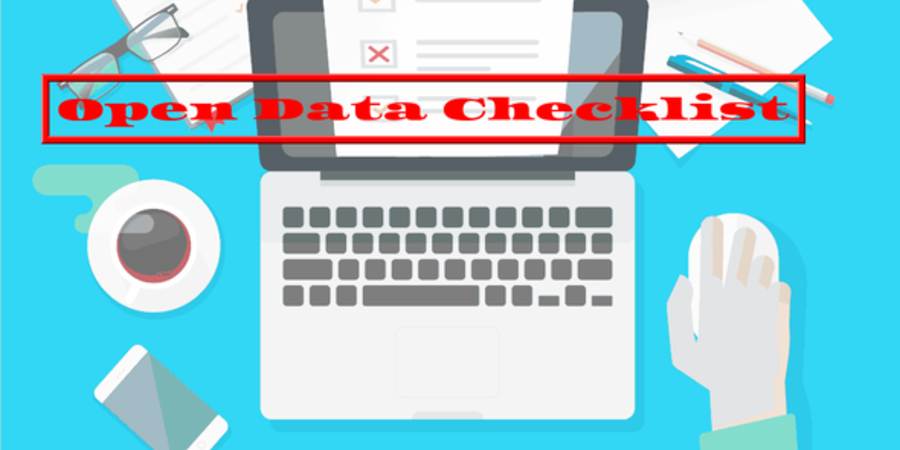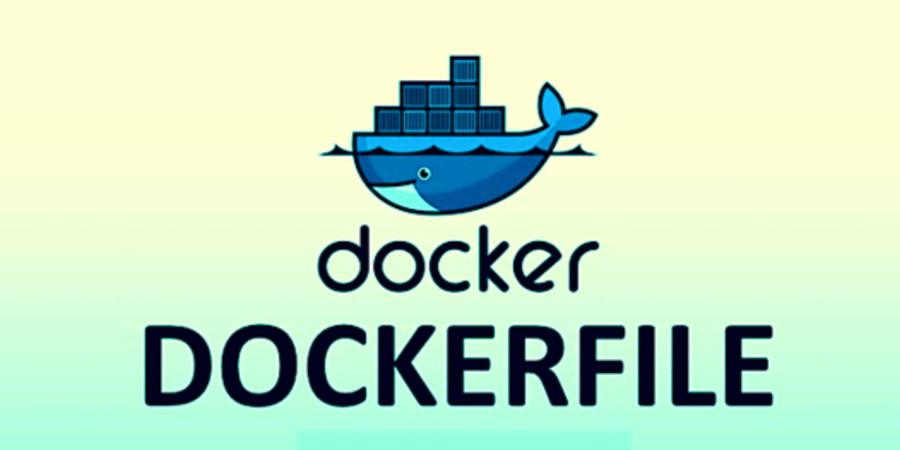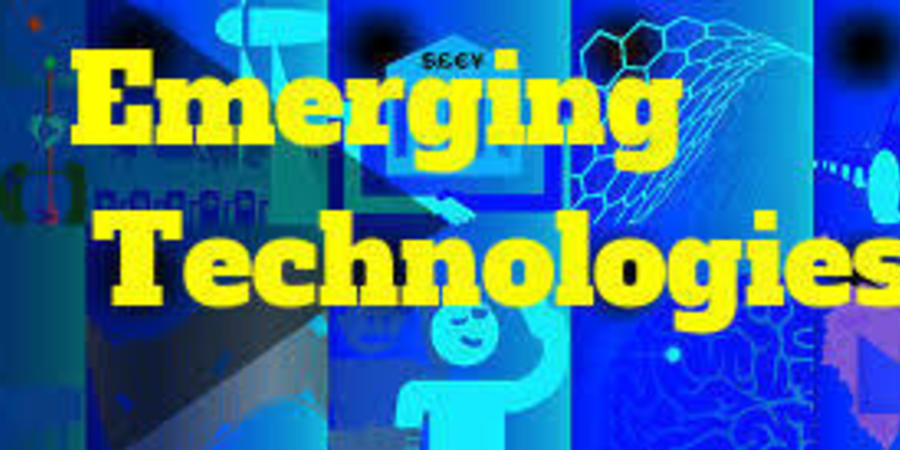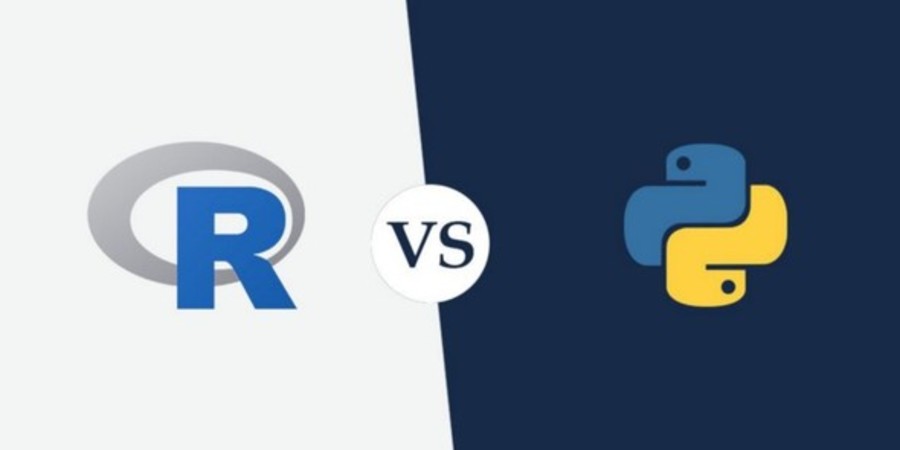To secure the value that data can offer, you must manage it in a way that aligns and unifies your disparate sources. Enter master data, the foundation of any data-driven enterprise. It serves as the fuel that flows through the entire ecosystem of your business. It breaks down data silos and allows internal systems to work together. Every type of enterprise, legacy data migration program, and enterprise data management initiative includes five common requirements.

